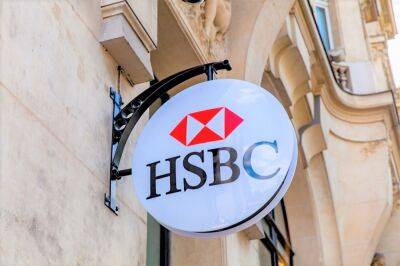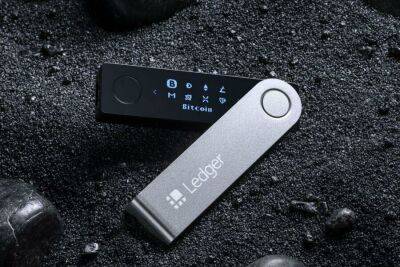BIS chief floats unified programmable ledger to turbocharge payments innovation
"But," Carstens says in a speech at the Monetary Authority of Singapore, "to fully realise the transformative potential of these new financial technologies, we need some way to bring them all together."This is where the unified ledger comes in, offering the potential to combine the monetary system with other registries of real and financial claims. Such a ledger would be a public-private partnership with a clear division of roles, and where the central bank is tasked with underpinning the trust in money."Like smartphone platforms, a unified ledger allows various components to work seamlessly together.
But unlike them, it is enabled by open architecture that promotes financial inclusion and greater competition," says Carstens.The ledger would allow for the use of smart contracts and composability, meaning that any sequence of transactions in programmable money could be automated and seamlessly integrated. This reduces the need for manual interventions that delay transactions and reduces dependency on intermediaries, and also allows for simultaneous and near-instant payments and settlement.Offering an example of how this ledger could be used, Carstens talked through the process of escrow for buying a house.
"Using a smart contract, the escrow process could be automated by locking the respective funds in the buyer's account. Once the escrow process is concluded, the smart contract transfers the money to the seller automatically, and instant settlement is achieved via digital central bank money".While talking up the potential of CBDCs and public-private partnerships, the BIS chief took aim at a potential rival in the form of stablecoins.Carstens says "The past year's events have cast serious doubts on the ability of
. Read more on finextra.com
















